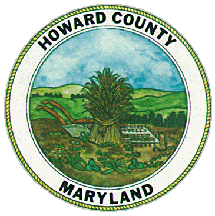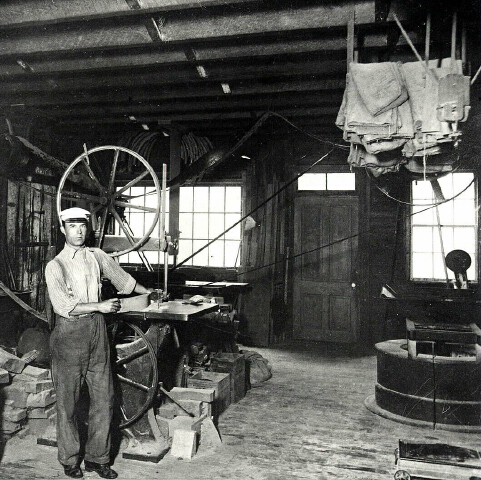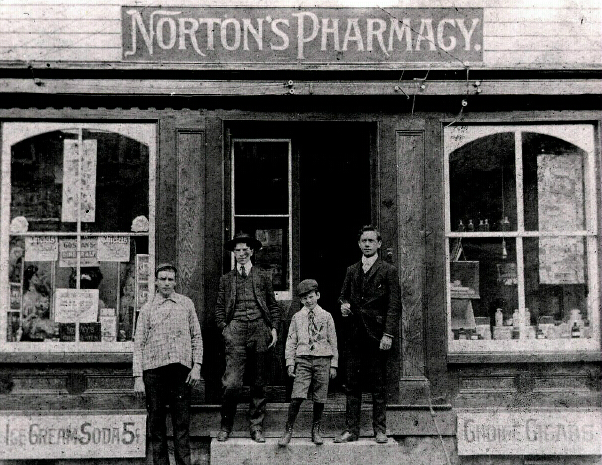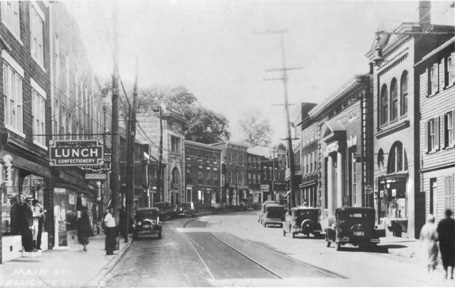View Maryland Counties
- Allegany
- Anne Arundel
- Baltimore City
- Baltimore County
- Calvert
- Caroline
- Carroll
- Cecil
- Charles
- Dorchester
- Frederick
- Garrett
- Harford
- Howard
- Kent
- Montgomery
- Prince George's
- Queen Anne's
- St. Mary's
- Somerset
- Talbot
- Washington
- Wicomico
- Worcester
Howard County
 Howard County was created from Anne Arundel County by Chapter 22, Acts of 1838 and confirmed by Chapter 50, Acts of 1839. Although not represented in the General Assembly, the
district enjoyed the status of a county. The county itself was created in 1851. It was named for John Eager Howard (1752-1827), Revolutionary officer, Maryland governor, and statesman. The county is bordered on the north by Carroll County, the east and southwest by Baltimore and Anne Arundel counties, and the south and southwest by Prince George's and Montgomery counties.
Howard County was created from Anne Arundel County by Chapter 22, Acts of 1838 and confirmed by Chapter 50, Acts of 1839. Although not represented in the General Assembly, the
district enjoyed the status of a county. The county itself was created in 1851. It was named for John Eager Howard (1752-1827), Revolutionary officer, Maryland governor, and statesman. The county is bordered on the north by Carroll County, the east and southwest by Baltimore and Anne Arundel counties, and the south and southwest by Prince George's and Montgomery counties.
Ellicott City, the county seat, developed around the Ellicott's grist and flour mills established in 1774 on the east bank of the Patapsco River. For sixty years the Ellicott family successfully operated a mill here, and Patapsco Flour became widely known. During the Panic of 1837, the mill was turned over to Charles Gambrills and Charles Carroll, son of Charles Carroll of Carrollton. Thirty one years later the mill, bridge, dam, and several houses were washed away in a flood and forty-two persons were drowned. In 1972 and again in 1975 severe damage was caused by hurricanes Agnes and Eloise respectively.
The Howard County courthouse, like most buildings in Ellicott city, is a Classic-Revival structure of local granite. The battered old British cannon on the lawn, captured at the Battle of Bladensburg in the War of 1812 by "Bachelor" John Dorsey, was one of the few souvenirs the Americans got out of that encounter. Other historic sites of interest in the county are Burleigh Manor, a yellow brick house built around 1803 by Colonel Rezin Hammond, a Revolutionary War leader who participated in the burning of the Peggy Stewart in Annapolis; Walnut Grove, the home of Captain Gassaway Watkins, commander of the Fifth Maryland Infantry at the Battle of Cowpens during the Revolution and of troops at Annapolis during the War of 1812; and the Thomas Viaduct, a great stone bridge designed by Benjamin H. Latrobe, son of the architect Benjamin Latrobe, to carry the tiny locomotives and wooden coaches of the Baltimore and Ohio Railroad across the Patapsco River.

MSA SC 1477-5261
On May 24, 1830 the first railroad -- drawn by horses -- in the United States arrived in Ellicott City from Baltimore, thirteen miles away. The Baltimore & Ohio station in Ellicott City, pictured here c. 1905, was in continuous use for many years until it was converted into a museum.

MSA SC 1477-5881
The National Road passed through the middle of the village of Lisbon, seen here in August 1912.

MSA SC 1477-6136
Samuel W. Burgess maintained a grist mill and wagon works on Timber Creek from 1906 to 1917, the interior view of which is shown here.

MSA SC 1477-5246
Dr. Edward and John J. Norton stand on the right, outside their pharmacy in Ellicott City.

MSA SC 1477-5860
Ellicott City is the seat of Howard County government and its principal banking and trading center. Main Street follows a narrow ravine, and some buildings on the south side are constructed over the Tiber Creek. Many of the older homes and stores are made of local granite.

